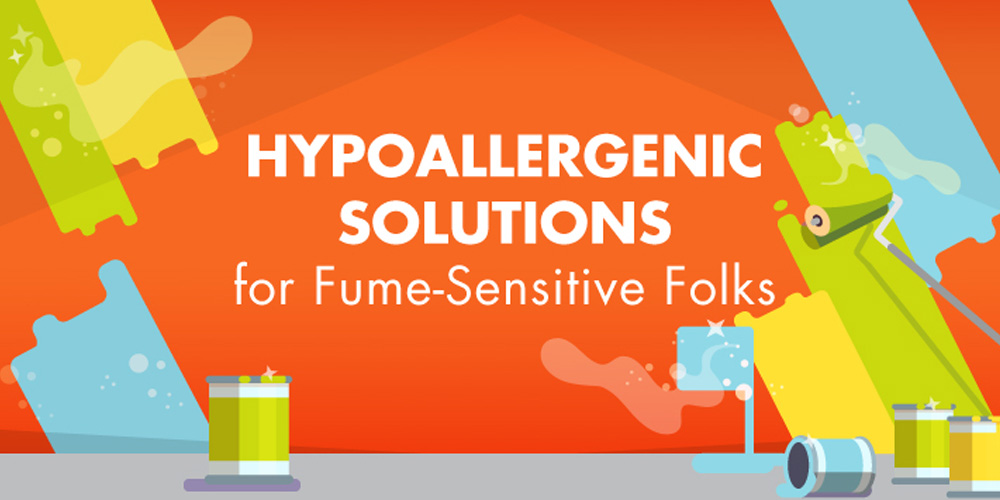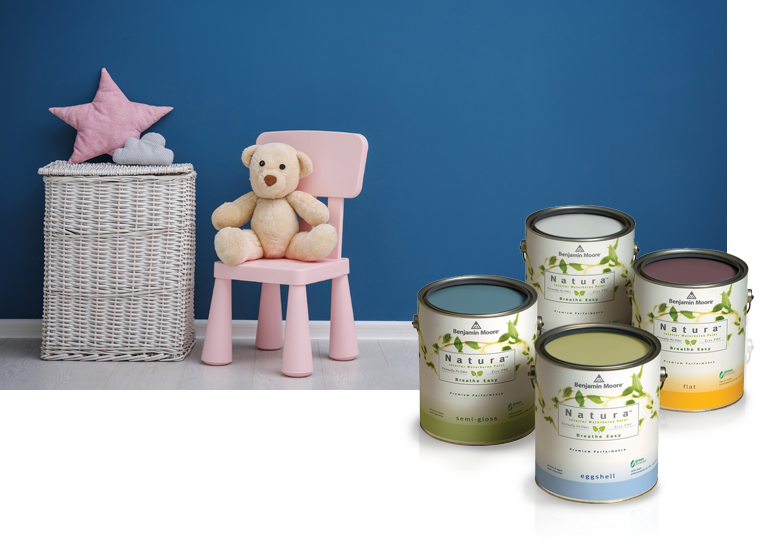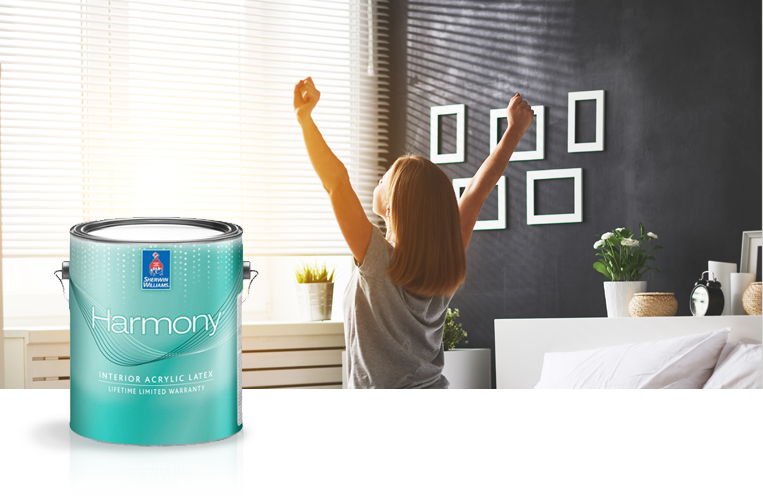
For allergy and asthma sufferers, the prospect of a fresh paint job may bring some anxieties.
We know the paint industry has caught up to much higher environmental and health standards than were seen in the past. But the smell of wet paint still brings questions: what exactly are those fumes, and are they dangerous?
The quick answer is: usually, no.

Paint is made up of three different elements: pigment (color), binders (which make the color stick), and solvents (which make it possible for the paint to be spread over a surface). Different solvents have different scents, some more offensive than others. As paint dries, a chemical reaction is underway–a liquid is changing into a solid–and in that process, fumes are released and evaporate.
Unlike in the days of lead paint, all three paint components now face rigorous health and safety testing before being made available to the public. That means that any paint on the mainstream market has been deemed safe for most individuals, if used correctly in a properly ventilated area. While that fresh paint smell may bother some folks, by the time the paint dries, the air quality in the room has returned to normal.
But for especially fume-sensitive people, trace amounts of these fumes may trigger physical reactions even after the paint has dried.

SO WHAT HYPOALLERGENIC ALTERNATIVES ARE AVAILABLE?
When looking for asthma- and allergy-friendly alternatives, you’ll find a broad host of Low-VOC and No VOC paints. Volatile Organic Compounds, or VOCs, are basically all things, both man-made and natural, that emit odor. When you get a nice deep whiff of freshly cut grass, you’re inhaling VOCs. Some man-made VOCs are dangerous, however, and are regulated by various laws and manufacturing and consumer quality standards.
That paint smell is mostly the result of the solvent. In most Low- and No VOC paints, water-based solvents are used instead of the traditional oil-based, thereby cutting down on the chemicals and, as a result, the smell. These paints still won’t be completely odorless–while the solvents are water-based, binders can still carry a fragrance, and also, some chemicals may be added in order to make the paint behave more like paint than like water. But, the smell will be significantly milder, will dissipate much faster, and fewer fumes will be released as the paint dries.
Now for the downsides: Low- and No VOC paints may come with a slightly higher price tag. Also, they may not have the same coverage as regular paints, so more coats may be required.
But, paint science is rapidly improving, and most popular brands offer affordable Low- and No VOC options with fantastic coverage.

Benjamin Moore’s Natura Waterborne Paint brags a coverage so good you may be able to skip the primer. And, since it’s 100% acrylic, it’s safe for latex allergy sufferers. Available in a wide variety of colors and finishes, this is a great hypoallergenic option.

Sherwin-Williams’s zero-VOC line, Harmony Acrylic Latex Paint, is also available in flat, eggshell, and semi-gloss finishes, and has added antimicrobial benefits which help protect against mold and mildew.
The list doesn’t end there. If you’re looking for allergy-friendly options for your paint job, our knowledgeable project managers will be happy to help you find the right formula for your home.
Get A Free Estimate
2 Year Warranty - Competitive Price Matching











